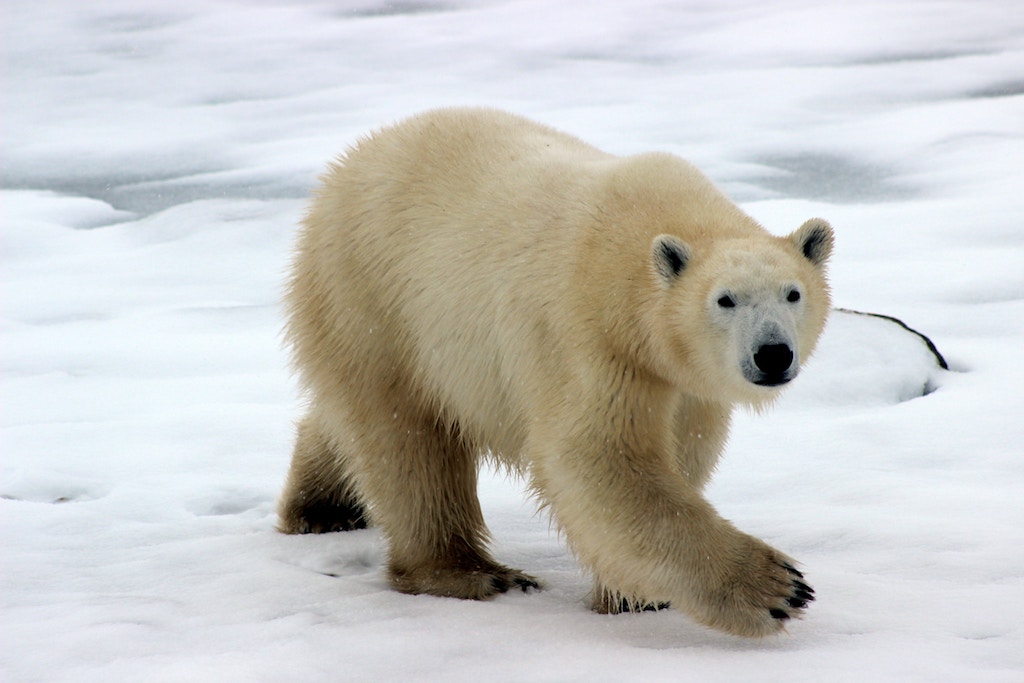After the discovery that microplastics have reached the cores of Arctic ice, the state of the Arctic’s ecosystem only seems to worsen as temperatures in the air and in the waters continue to rise.
[READ: A chilling discovery: The Arctic ice is not only melting, it’s also filled with microplastic]
According to the National Oceanic and Atmospheric Administration’s annual Arctic Report Card, a volume of peer-reviewed studies and observations on the Arctic environmental system, average surface air temperatures in the area were 1.9 degrees Celsius above normal—the second highest recorded since 1900.
Furthermore, the Arctic has warmed to more than double the global average since the mid-90s. The study also notes that since 2014, Arctic air temperatures have been warmer than the recorded temperatures of any year between 1900 to 2014.
The Arctic’s rising temperature has greatly contributed to the steady decline of the region’s sea ice coverage, which has affected species in the area, including polar bears which rely on sea ice coverage for hunting and safety. Due to the loss of their habitat, polar bears are now struggling to survive and their population continues to decline.

The marine ecosystem of the Bering Sea is also greatly affected by the loss of sea ice coverage. The sea, which links the Northern Pacific Ocean with the Arctic Ocean, is home to cold water species that rely on the ice coverage for survival and sustenance for the indigenous communities around the area.
Due to the lack of sea ice coverage, cold water species have been moving further away into the Arctic. Fish and other species who prefer warmer waters, meanwhile, have moved to areas outside their normal range—to the detriment of the fishing communities around the area.
“Our resilience as Indigenous Peoples comes from our close proximity to the food resources that we depend on,” the community stated. “In a warming Arctic, access to our subsistence foods is shrinking and becoming more hazardous to hunt and fish.”
Writer: ANGELA PATRICIA SUACILLO




